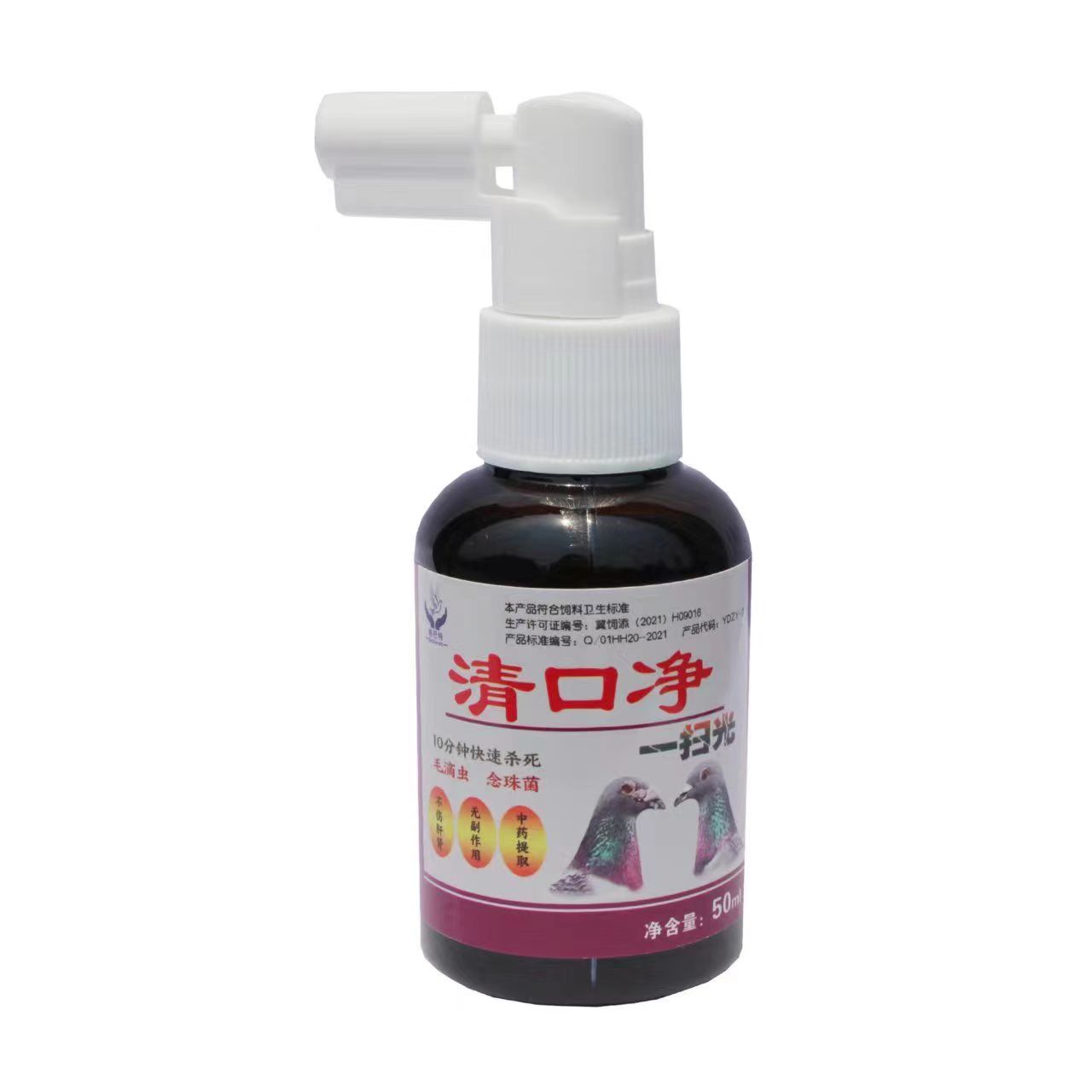
Sep . 01, 2024 02:43 Back to list
Custom Sodium Nitrite MSDS - Safety Data Sheet Information
Understanding the Safety and Handling of Sodium Nitrite Key Points from the MSDS
Sodium nitrite, a chemical compound with the formula NaNO₂, is widely used in various applications, primarily in the food industry as a preservative and color fixative. However, it is essential to handle sodium nitrite with care due to its potential hazards. The Material Safety Data Sheet (MSDS) provides crucial information regarding the safe use, storage, and emergency measures associated with sodium nitrite.
Physical and Chemical Properties
Sodium nitrite is a white to yellowish crystalline powder that is highly soluble in water. It has a slightly salty taste and can be toxic if ingested in large quantities. The compound is stable under normal conditions but can decompose at elevated temperatures, releasing toxic nitrogen oxides. Understanding these properties is vital for users in various industries to ensure safe handling.
Hazards Identification
The MSDS outlines the potential hazards of sodium nitrite. Exposure can occur through inhalation, skin contact, and ingestion. Symptoms of exposure may include headache, dizziness, and in severe cases, methemoglobinemia, a condition that affects the oxygen-carrying capacity of the blood. Therefore, it is crucial to wear appropriate personal protective equipment (PPE), such as gloves, goggles, and masks, when working with or around this chemical.
First Aid Measures
custom sodium nitrite msds

In case of exposure, the MSDS details specific first aid measures. If inhaled, move the affected individual to fresh air and seek medical attention. In the event of skin contact, wash the area thoroughly with soap and water. If ingested, do not induce vomiting; instead, seek immediate medical help. These measures highlight the importance of quick and effective response to minimize health risks associated with sodium nitrite.
Handling and Storage
The safe handling and storage of sodium nitrite are emphasized within the MSDS. It should be stored in a cool, dry place away from incompatible substances such as strong acids or oxidizers. Proper labeling and secure containment are essential to prevent accidental exposure or spills. Training employees on safe handling practices is vital for workplaces that utilize sodium nitrite.
Environmental Considerations
Sodium nitrite can pose risks to the environment, especially aquatic life, if released improperly. The MSDS stresses the importance of avoiding contamination of water sources and implementing spill response plans to mitigate environmental impacts. Responsible disposal practices must also be followed to prevent harm to wildlife and ecosystems.
Conclusion
Understanding the key points from the MSDS for sodium nitrite is crucial for anyone handling this compound. Awareness of its hazards, proper first aid responses, safe handling and storage practices, and environmental considerations are all essential for ensuring safety in its use. By adhering to the guidelines outlined in the MSDS, individuals and organizations can effectively manage the risks associated with sodium nitrite while benefiting from its valuable applications in various industries. Staying informed and prepared is the best way to ensure safe practices in dealing with this chemical.
-
Leading Salivation Suppliers | Custom & China Factory
NewsAug.18,2025
-
Amoxicillin Powder for Poultry Factory: Quality & Efficacy
NewsAug.17,2025
-
Custom China Salivation Solutions | Factory Direct Supply
NewsAug.16,2025
-
Nitrobacteria Factory: Top Manufacturer & Supplier
NewsAug.15,2025
-
Leading Age at First Egg Factory Solutions
NewsAug.14,2025
-
Top Copper Sulfate for Pond Factory & Supplier
NewsAug.13,2025


